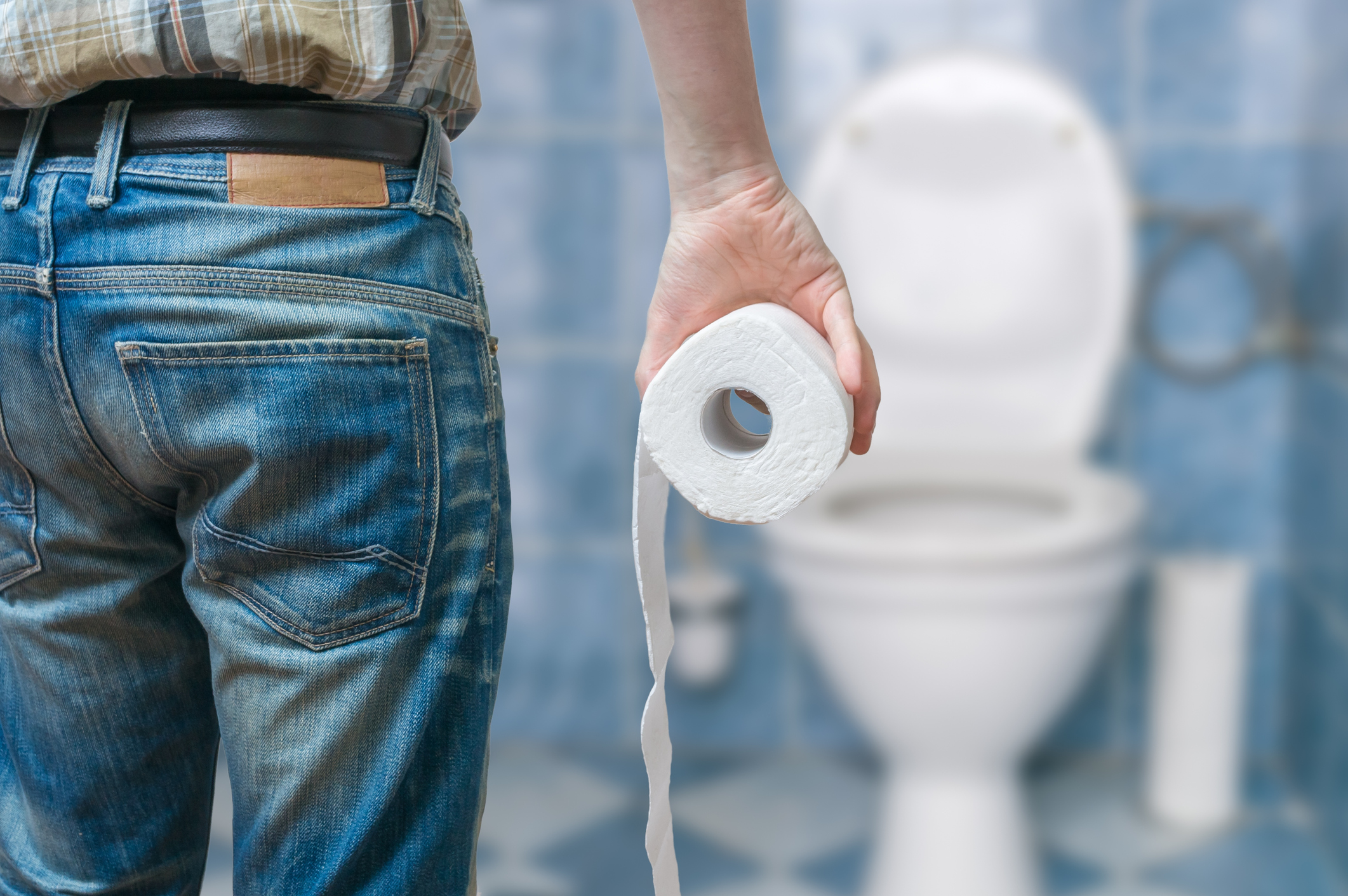What You Need to Know About Rectal Prolapse, Its Symptoms, and Treatment Options
Do you know what rectal prolapse is and the signs to look out for? Rectal prolapse occurs when a portion of your rectum protrudes externally through your anus. It can form both short-term and long-lasting symptoms, ranging from mild stool leakage to discomfort in the anal region. This often uncomfortable condition can be a source of embarrassment for sufferers and requires medical attention as soon as possible. In this blog post, we’ll give you an overview of rectal prolapse, covering its causes, symptoms, and potential treatment options available.
Understanding Rectal Prolapse and Its Symptoms
Rectal prolapse, while not a commonly discussed issue, can be a source of discomfort and distress for those who experience it. This condition occurs when the rectum protrudes from the anus, often due to weakened pelvic muscles. In most cases, rectal prolapse is accompanied by a feeling of fullness or the sensation of having a lump in the anus. Additionally, there may be bleeding, leakages, and difficulty in controlling bowel movements. Treatment options can include a combination of lifestyle changes, such as increasing fiber intake and incorporating exercises to strengthen the pelvic floor muscles, as well as surgical intervention in some cases. Understanding the symptoms of rectal prolapse and seeking prompt medical attention can help individuals manage this condition and improve their quality of life.
Common Causes of Rectal Prolapse
Rectal prolapse is a condition in which the rectum, or the lower part of the large intestine, protrudes from the anus. Although it can occur at any age, it is most common in elderly women and children. There are several factors that can contribute to the development of rectal prolapses, such as chronic constipation, weakened pelvic muscles, and nerve damage. Patients with this condition may experience a number of unpleasant symptoms, such as fecal incontinence, bleeding, and discomfort. Treatment options range from conservative measures, such as dietary changes and physical therapy, to surgical intervention. It is important for anyone experiencing symptoms of rectal prolapse to seek medical attention promptly to prevent further complications.
Diagnosing Rectal Prolapse
Rectal prolapse can be a concerning and uncomfortable condition, but knowing the symptoms and treatments available can ease your worries. Symptoms of rectal prolapse can include protrusion of the rectum from the anus, discharge of mucus or blood from the rectum, and difficulty controlling bowel movements. Luckily, there are different treatment options available, ranging from medication and lifestyle modifications to surgery, depending on the severity of the prolapse. With timely diagnosis and prompt treatment, a patient can manage their symptoms and improve their quality of life. It is important to consult with a healthcare provider if you suspect you may have rectal prolapse, as they can provide the best course of treatment and care.
Treatment Options for Rectal Prolapse
Rectal prolapse is a condition that can cause discomfort and inconvenience to those who suffer from it. The symptoms can include a feeling of “falling out” or bulging of the rectum, the inability to control bowel movements and rectal bleeding. There are several treatment options available, ranging from non-surgical methods such as dietary changes and pelvic floor exercises to surgical procedures such as rectopexy and perineal recto sigmoidectomy. It is important to consult with a healthcare professional to determine the best course of treatment depending on the severity of the condition and individual needs. With the right approach, rectal prolapse can be effectively managed and quality of life restored.
Prevention Tips to Help Avoid Rectal Prolapse
Rectal prolapse can be both uncomfortable and embarrassing, but luckily there are several preventive measures you can take to reduce your risk of this condition. The most important step is to ensure you are maintaining good bowel habits, such as avoiding straining during bowel movements and staying hydrated. Additionally, incorporating pelvic floor exercises into your daily routine can help strengthen the muscles in your pelvic area. It’s also important to maintain a healthy weight and avoid heavy lifting, as these factors can put extra pressure on the rectum. If you do experience symptoms of rectal prolapse, such as a bulge or protrusion from the anus, don’t hesitate to seek medical treatment. With proper care and attention, this condition can be effectively managed.
When to See a Doctor for Rectal Prolapse
Rectal prolapse is a condition that can be uncomfortable and even embarrassing to talk about, but it’s important to be aware of its symptoms and seek treatment when needed. Some common signs of rectal prolapse include the feeling of a bulge or lump protruding from the rectum, difficulty with bowel movements, and leaking of feces or mucus. If you are experiencing any of these symptoms, it’s important to talk to your doctor as soon as possible. Treatment for rectal prolapse may involve lifestyle changes, such as increasing fiber intake, or more invasive measures, such as surgery. Your healthcare provider can help determine the best course of action for your specific situation. Don’t be afraid to speak up and seek help if you’re experiencing symptoms of rectal prolapse – taking action early can help prevent the condition from worsening.



 Close
Close